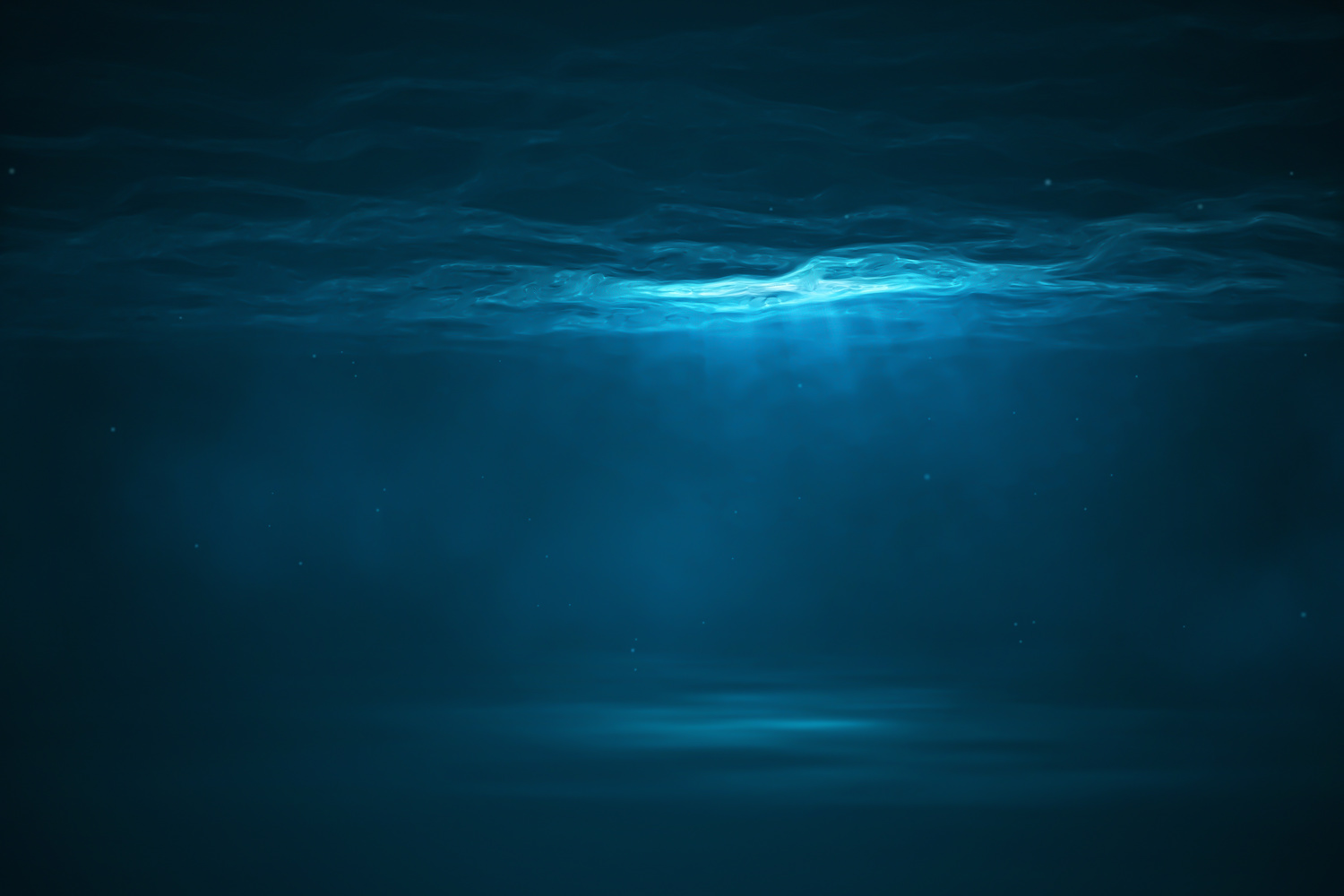
Protecting critical infrastructure at sea
Critical infrastructure at sea is vulnerable, but we can protect it
Critical infrastructure at sea supports international communication, keeps the power on and props up economies. Threats to that infrastructure are increasingly common and becoming more and more sophisticated.
Protecting our infrastructure requires cross-border collaboration and a system that can surveil a huge area, correctly identify threats and has clear guidelines for threat response. We must be a step ahead by leveraging technology and creating a system that is robust, cross-sector and coordinated.
The Norwegian continental shelf alone consists of:
-
8 800 km
of gas pipelines
8 800 km of gas pipelines
-
93
oil and gas fields
93 oil and gas fields
-
A vast network
of power lines and communication cables
A vast network of power lines and communication cables
-
85
planned offshore windfarms
85 planned offshore windfarms
We patrol, surveil and detect - from space to seabed
KONGSBERG is uniquely placed to deliver integrated technologies that protect every aspect of critical infrastructure at sea. Our systems occupy space, air, sea and seabed for complete surveillance and protection.
Surveillance of critical infrastructure
KONGSBERG works with governmental, defence and private sectors to build joined-up solutions that operate across assets and borders. We evolve with new technology and the assets that we protect, to stay ahead of the threat.


Get in touch
-

Leiv Inge Steig
Senior VP Business Development Europe -

Arne Rinnan
Executive Vice President Strategy & Technology